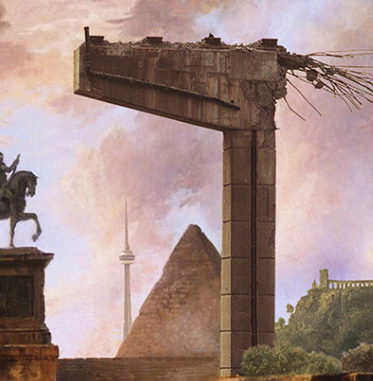|
About The Bentway
The Bentway is a unique and innovative public space that transforms 1.75km underneath Toronto’s Gardiner Expressway into a new gathering place for our city’s growing population.
The Bentway knits together seven local neighbourhoods with over 70,000 residents, becoming a gateway to the waterfront, while providing access to important attractions and destinations – from Fort York National Historic Site, Ontario Place and Exhibition Place to Harbourfront Centre and the CN Tower. The Bentway offers year-round activities and events, including gardens, a skate trail, recreational amenities, public markets, public art, special exhibitions, festivals, theatre and musical performances, and more. Since opening to the public in January 2018, The Bentway has welcomed over 150,000 visitors to experience free year-round programming including public art installations, performances, festivals, recreational activities, and much more.
The initial phase of The Bentway stretches from Strachan Avenue in the west to just east of Bathurst Street underneath the Gardiner Expressway, this section of The Bentway is located on the lands of Fort York National Historic Site, recognized by the Government of Canada as a site of national significance. The Bentway is maintained, operated, and programmed by The Bentway Conservancy. The Bentway is a proud member of the High Line Network, an international network of projects that transform underutilized infrastructure into new urban landscapes.
About the High Line Network
Presented by Friends of the High Line, the High Line Network is a group of infrastructure reuse projects—and the people who help them come to life. As cities become denser and land for traditional parks becomes scarce, citizens are finding creative ways to bring greenspace to their neighborhoods. Projects in the High Line Network transform underutilized infrastructure into new urban landscapes. Redefining what a park can be, these hybrid spaces are also public squares, open-air museums, botanical gardens, social service organizations, walkways, transit corridors, and more.
The High Line Network is made possible by the founding support of The JPB Foundation. Additional funding is provided by Amanda and Don Mullen.
About Fort York National Historic Site
Fort York National Historic Site is one of 10 Toronto History Museums operated by the City of Toronto. Since 1793, Fort York has been an important military location and is where Toronto was founded as an urban place. Located in the heart of downtown Toronto, this 43-acre heritage conservation district is home to Canada’s largest collection of original War of 1812 buildings. Fort York offers permanent exhibits and immersive multimedia displays at the Visitor Centre, ongoing programming and events, site tours, military displays, historic cooking demonstrations, and the annual Indigenous Arts Festival.
Fort York National Historic Site is also home to the first phase of The Bentway. For more information, visit http://www.toronto.ca/fortyork.
|


Leave a Reply